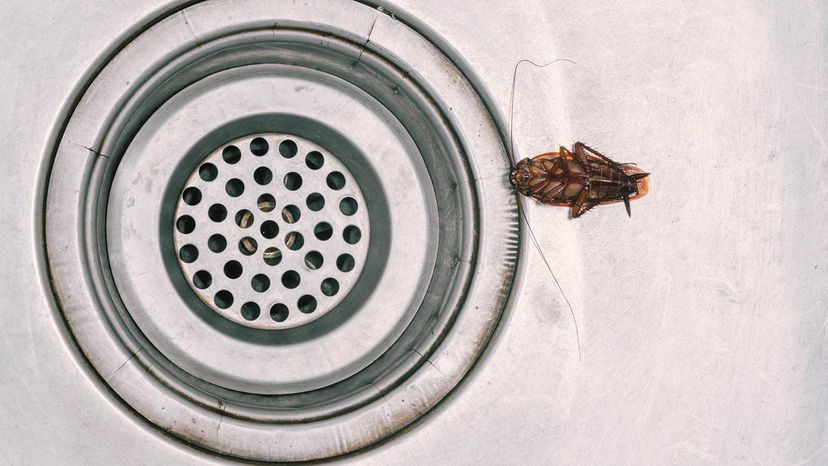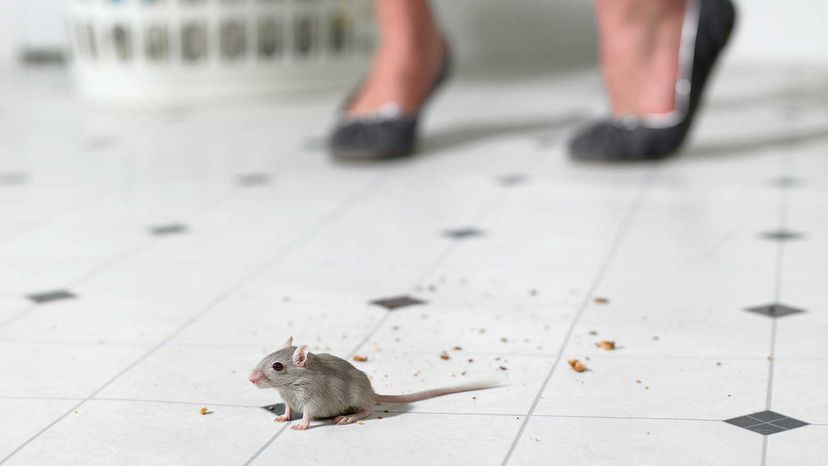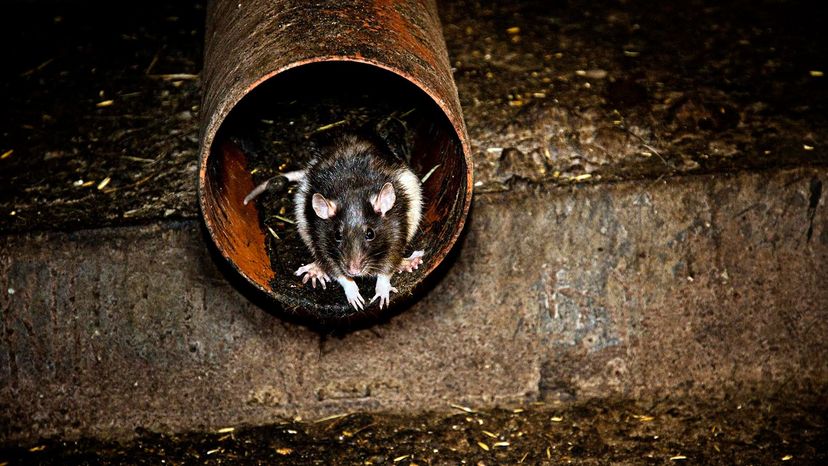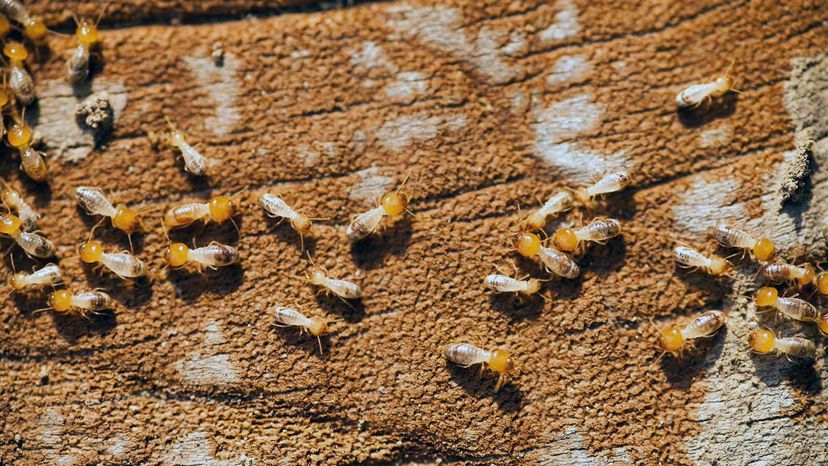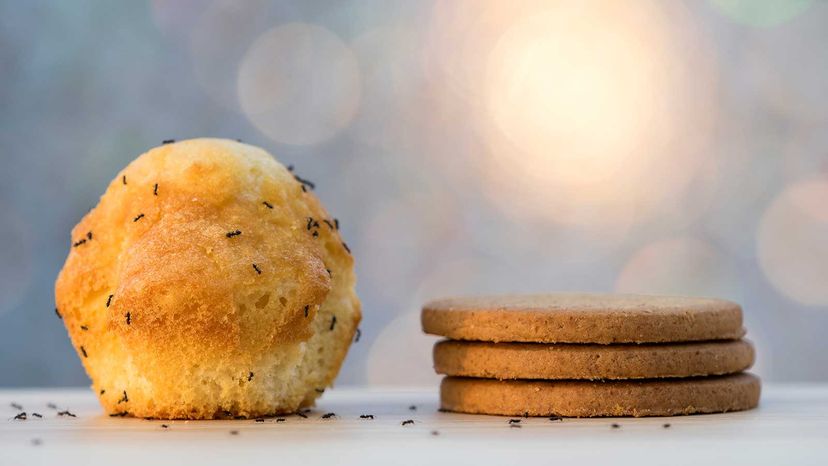
Critters and bugs are essential to the balance of the ecosystems of the world, but when they are in places where they don’t belong—like your house—they not only cause trouble by being a nuisance, but they can also carry disease and potentially cause severe damage to your home. Termites alone cause five billion dollars in damages each year according to National Pest Management Association (NPMA).
The first line of defense against all household pests is to keep your home clean and tidy. Be certain that crumbs and spills are picked up after right away, and keep pet food and other dry goods in air tight containers. Also try to reduce the number of ways that pests can get into your home by repairing any torn screens and sealing cracks in the foundation or gaps in weather-stripping or around incoming and outgoing pipes and vents.
Advertisement
Unfortunately, even the most well-cared-for homes still have problems with pests from time to time. NPMA lists the following five pests as the most common in U.S. homes, and the best weapon against them is having the knowledge of how to beat them.
